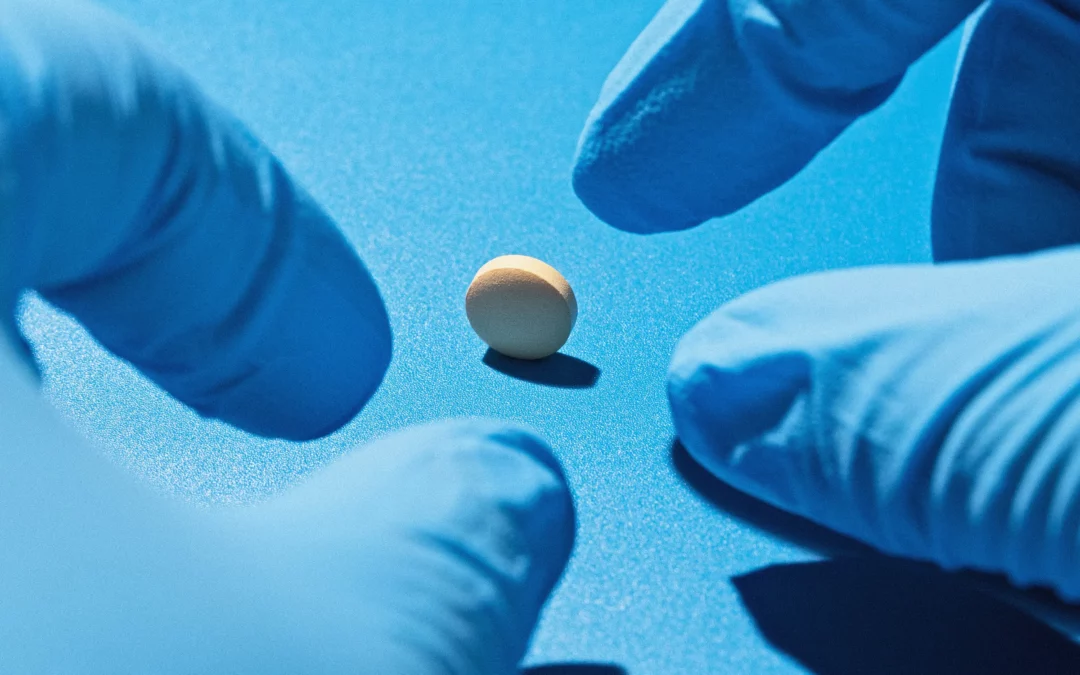Results of a tiny, exploratory human trial suggest that an investigational obesity drug that functions differently from the widely used Ozempic may aid in weight loss.
By promoting feelings of fullness, Ozempic and other GLP-1 medications decrease food intake. They work on the gut to slow the passage of food through the stomach and on the brain to encourage satiety, which prolongs feelings of fullness. People taking the medicines consequently eat less, which causes them to lose weight.
However, a novel medication might be able to burn fat and energy without decreasing appetite. After two weeks, participants in a Phase I trial reported statistically significant weight loss thanks to the medication, which was published today in the journal Nature Metabolism. The medication, known as SANA, is made from salicylate, a substance that is used to create aspirin. It stimulates a process known as creatine-dependent thermogenesis and was created by Eolo Pharma of Montevideo, Uruguay.
READ MORE: ‘Everything Is OKAY’ Despite Health Issues, Deion Sanders
A Clinical Pharmacist Responds to Questions in Pharmacology

Although the most well-known use of creatine is probably as a dietary supplement to assist increase muscle mass after exercise, the substance is also found naturally in the body and plays a significant role in energy production.
“The beneficial effects of creatine on metabolism have long been recognized,” explains Carlos Escande, cofounder and chief scientific officer of Eolo. Researchers discovered in the 1970s that rats exposed to cold consumed large amounts of creatine. Only ten years ago did a Harvard team discover that fatty adipose tissue uses creatine to produce heat when exposed to cold.
Thermogenesis is the process of consuming energy and producing heat to keep the internal temperature steady. The breakdown of creatine, especially in fat cells, leads to the creation of heat and energy. This process is known as creatine-dependent thermogenesis.
According to Escande, “we have discovered that our compound stimulates this creatine-dependent heat production pathway.”
In the first phase of the research, 17 healthy-weight participants were randomly randomized to receive a single pill of SANA at a low, medium, or high dose, or a placebo. The medication was well-tolerated and safe at all dosages, with no significant adverse effects. In the second phase of the research, the medication was tested for 15 days in 24 obese people. For the duration of the study, volunteers were divided into three groups at random and given a low, medium, or high dose of SANA twice daily, or a placebo. Six patients received the medication in each group, while two received a placebo. Participants stayed at a clinical institution for the study period and were fed meals high in carbohydrates.

Participants using the maximum dose of SANA lost around 3 percent of their body weight at the conclusion of the two-week period, which is similar to the weight loss experienced by those taking Ozempic and Wegovy over the same treatment period. A questionnaire about appetite and satiety was also given to them, and none of them reported feeling less hungry or sated.
Injectable GLP-1 medications have certain drawbacks even if they are quite good at promoting weight loss. Loss of muscular mass and gastrointestinal adverse effects are possible. Before insurance, the medications cost at least $1,000 a month in the United States. Because they are less expensive to produce than injectables and because some patients would rather take a pill, pharmaceutical companies are interested in creating anti-obesity pills.
“Eolo wants to help address an unmet clinical need,” explains María Pía Garat, CEO of the company.
Making a weight-loss medication was not exactly Eolo’s goal. Initially, the company’s researchers were working to create a medication that would target inflammation, particularly the type that is present in type 2 diabetes and obesity. However, when they began testing their experimental medicine on mice fed a high-fat diet, it not only reduced inflammation but also caused the mice to lose weight. Even though the mice continued to consume the same high-fat diet, they finally returned to their initial weight in studies that lasted up to nine months.
SANA also maintained lean muscular mass in mice. Despite significant fat reduction, MRI scans reveal that mice treated with SANA had a higher percentage of lean body mass than controls.
Hans Schmidt, chairman of bariatric surgery and co-director of the Center for Weight Loss and Metabolic Health at Hackensack University Medical Center, who was not involved in the study, says, “We’ve had stimulants before to try to increase your caloric output.”

Among these was the weight-loss medication combination fenfluramine-phentermine, or fen-phen, which was withdrawn off the market in the 1990s due to concerns about cardiac damage. “Those improve metabolism in general. They give you energy and make you uneasy. He claims that this appears to target your fat cells particularly at the cellular level.
Naturally, Eolo’s study was somewhat limited, and additional testing of the medication is required to fully comprehend its effects. Later this year, the business plans to conduct a Phase II experiment with approximately 100 obese people who will be followed for 12 weeks. That trial is intended to take place in the United States. Garat believes that Eolo’s medication may one day be used alone or in conjunction with GLP-1 medications to achieve more weight loss.
We currently bring a backhoe to the construction site even though we require a lot more equipment. According to Angela Fitch, the former president of the Obesity Medicine Association and the cofounder and chief medical officer of Knownwell, a primary care organization that specializes on obesity care, “we need more mechanisms like this that work on pathways other than appetite.” Eolo has nothing to do with Fitch.
While some patients may find that the 20 percent weight loss that current GLP-1s can achieve is sufficient, others may still require additional weight loss to reach a healthy weight. “New drugs offer the chance to have an even bigger impact,” she says.
Step into the ultimate entertainment experience with Radii+ ! Movies, TV series, exclusive interviews, live events, music, and more—stream anytime, anywhere. Download now on various devices including iPhone, Android, smart TVs, Apple TV, Fire Stick, and more!


